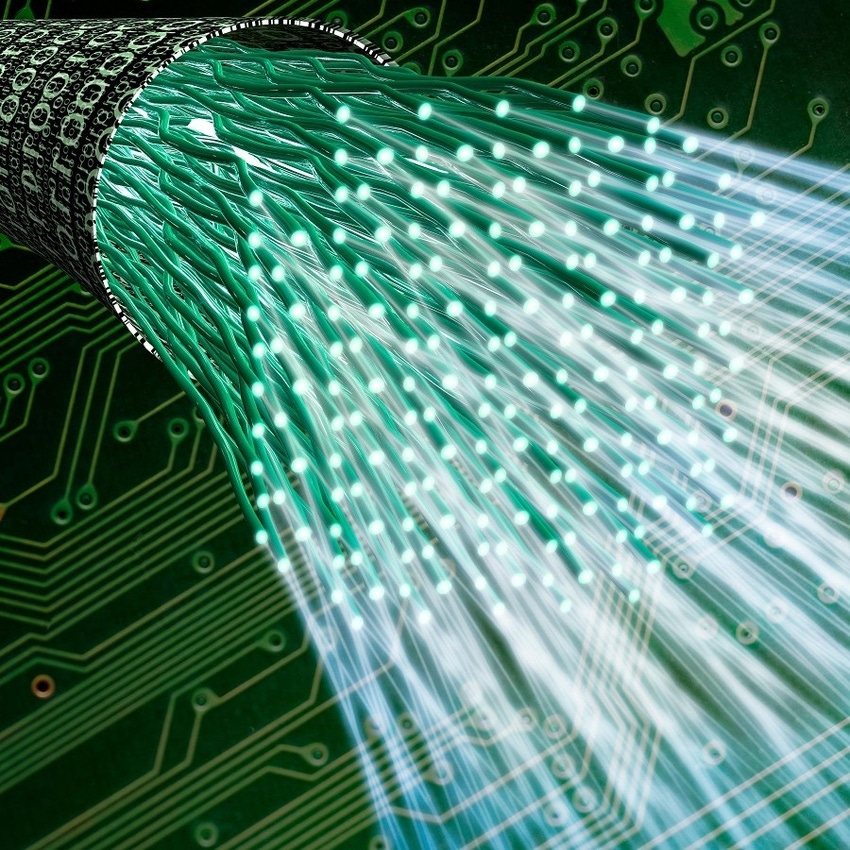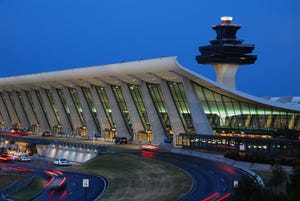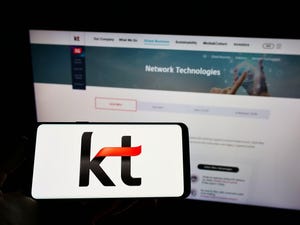Broadband network spending set to climb as cable gets its groove back
PON rollouts for newbuilds and copper network upgrades will play a big role, but cable's shift to virtualized and distributed networks and DOCSIS 4.0 is expected to fuel a spending wave, Dell'Oro predicts.

Broadband network spending will steadily climb in the next five years thanks in part to ongoing fiber networks builds and upgrades, according to a new forecast from Dell'Oro Group. The cable industry's plans to upgrade their networks to support virtualization, distributed access architectures and, in some cases, DOCSIS 4.0, will also contribute to higher levels of broadband spending.
Revenue for fixed wireless customer premises equipment (CPE) will also contribute, but the rate of growth there is expected to slow down in the coming years.
Equipment revenues for the PON segment is expected to grow from $11 billion in 2022 to $13.2 billion in 2027, largely driven by XGS-PON rollouts in North America and the EMEA (Europe, Middle East and Africa) and CALA (Caribbean and Latin America) regions, Dell'Oro said.
PON spending is expected to ramp up amid the ongoing tail-off in DSL spending, a shift that could impact about $1.8 billion in equipment spending for North America alone, Jeff Heynen, VP at Dell'Oro, said.
He expects upgrades and overbuilds of older copper plant to help drive PON spending higher, but sees the majority of it (around 70%) tied to network edge-outs and other fiber expansion projects.
Raised levels of cable spending on the horizon
Dell'Oro expects cable access network spending, following a slowdown in recent years, to return to about $1.5 billion by 2027, thanks in part to DOCSIS 4.0 upgrade activity alongside fiber-to-the-premises (FTTP) deployments. That compares to prior peaks in the neighborhood of $1.7 billion in 2017 and the $1 billion per year that was being spent around the 2019 and 2020 timeframe, Heynen explained.
He said that increase in cable access spending will be driven by deployments of virtual cable modem termination systems (vCMTSs) and rollouts of distributed access architectures – elements that will also contribute to coming DOCSIS 4.0 network upgrades.
Another piece of the pie is the emerging adoption of remote OLTs (optical line terminals) that can be deployed in distributed access nodes to support targeted deployments of FTTP.
Comcast is already well down this next-gen HFC network path. But others, such as Charter Communications, are also ramping up their respective efforts and pursuing similar deployment models.
While cable network spending will be on the rise, Heynen doesn't expect the rate of ramp to accelerate as quickly as it did for DOCSIS 3.0 and DOCSIS 3.1 – technologies that were largely focused on the purchase and deployments of centralized CMTS chassis and line cards.
"You're now talking about a whole new architecture with remote OLTs, virtual CMTSs and remote PHY. It will take longer to operationalize," he noted. "It's a slower burn than it used to be in the past."
Heynen also expects cable access network spending to continue climbing past 2027 as other operators join the mix.
FWA CPE lowdown
Switching to fixed wireless access (FWA) CPE, Dell'Oro expects that segment to drive $2.2 billion in spending in 2027. That's down from about $3.2 billion in 2022.
Heynen expects FWA CPE spending to stay steady through 2024, but notes that some providers might run into capacity issues that curtail growth and will also be faced with fiercer competition from fiber and newly-upgraded HFC networks.
"That puts a ceiling on how much growth can happen for fixed wireless," he said.
Though T-Mobile and Verizon are driving FWA growth today, Heynen wonders how the future will shake out for the WISP (wireless ISP) sector, which is also seeing steady growth at the moment. As WISPs seek out government subsidy opportunities, some may need to consider licensed spectrum or transition to fiber across their footprint.
"That's what a lot of them are doing," Heynen said.
Related posts:
— Jeff Baumgartner, Senior Editor, Light Reading
About the Author(s)
You May Also Like












